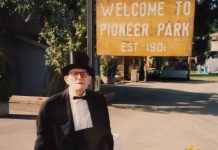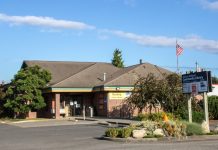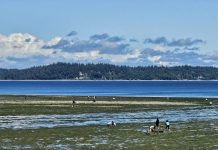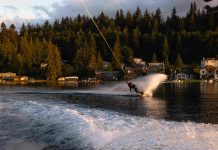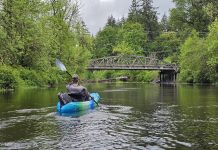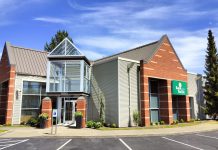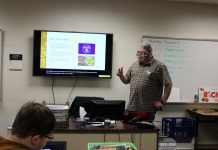355 Harris Ave.

This course returns us to the freshman-level college laboratory for some truly hands-on manipulation of scientific data. If you enjoyed your lab experiences of long ago, this course allows you to return to yesteryear. If you didn’t enjoy lab courses, we’ll fix that. This exercise is easy and enjoyable: mind expanding, mostly observational, with some simple arithmetic. Please bring a pocket calculator or cell phone.
The data set employed begins with a seismogram of the 1964 Alaskan earthquake and its aftershocks recorded here in Bellingham at Haggard Hall, Western Washington University. We will work a laboratory exercise that instructs us about seismic waves.
We’ll provide graphs and basemaps to derive our own calculation of the location and origin time of the earthquake, then finish with an estimation of earth’s rock type using the Alaskan earthquake’s seismic waves.
Earthquake analysis is not the only way to employ seismic data. Working in pairs, we’ll examine reflection seismic profiles of the earth to recognize a variety of subsurface geologic structures. We’ll discuss data collection technique and conclude with a search for a major oil field using seismic data.
Instructor: Jim Hoppie
Jim Hoppie received a M.S. in Geology from the University of Kansas. He spent more than 33 years as an oil exploration geophysicist, employed by a large multinational corporation. Upon retirement and relocation to Bellingham, he and his wife have become avid hikers in the North Cascades.









